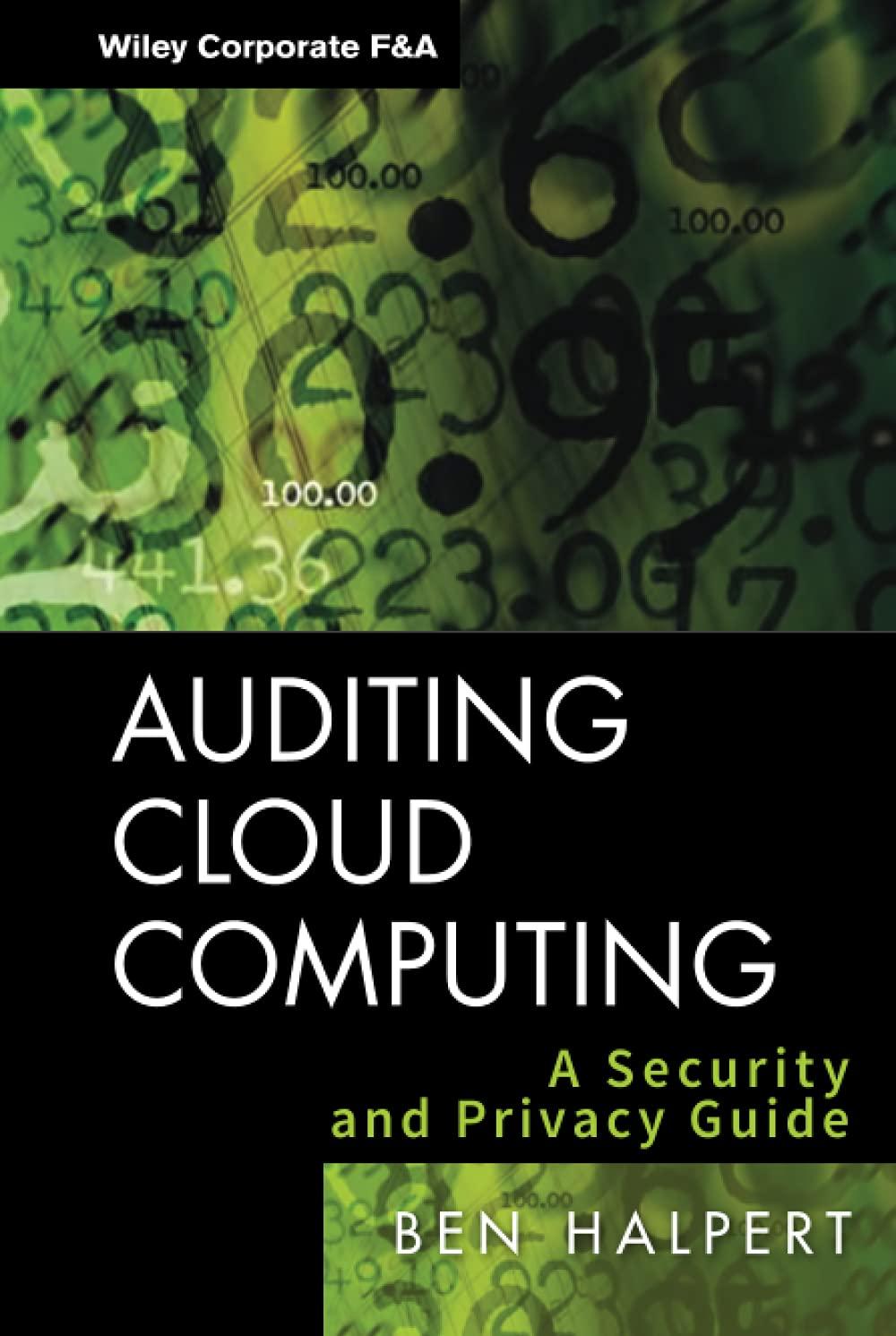describe the findings and evaluate if conclusions are valid

IV. CONCLUDING REMARKS As we have been emphasizing throughout the paper, information technology is a potentially fruitful avenue for research. It has drastically increased the amount of available information in organizations, while at the same time increasing the power to analyze these data. Although this technological revolution has the potential to drastically improve decision-making and planning, organizations are still learning how to unleash all its potential. Part of the difficulty is not just purely technological. Indeed, information technology creates its own challenges by vastly increasing the amount of information available, both relevant, but also irrelevant. Management accountants are best placed to help organize that information and present it in its most useful form. Some of it is simply driven by the need to lower the cost of accessing and processing that information for decisionmakers. Some of it requires more careful thinking to address potential behavioral biases, such as focusing attention on salient, but irrelevant or unrepresentative information. Yet others respond to social dynamics and internal politics that hinder the use of that information in a rational and predictable manner. Addressing all these research questions would be best served by a wide range of methods to leverage the unique benefits that each of them offer. Archival data and surveys provide a lens into what firms do that may be illuminating about the decision-making and planning processes, as well as how firms adapt with the use of technology. Observational field research can provide more texture and details about what is really going on inside firms, providing a more detailed and nuanced view than what can be readily measured archivally. Laboratory experiments can provide a more reliable inference about causality, as well as offer a window into counterfactuals that might otherwise be unobservable in the real world (for instance, the outcome from a decision that has not been taken). In addition, if those experiments are conducted in the field, we have the added benefit of using professionals in a real decision-making setting that is relevant for practice. Leveraging all these tools is likely to







